SLOW DRAINING KITCHEN SINK NOT CLOGGED
The slow draining sink is a very common household problem, but you can fix it quite easily. A sink that drains too slowly is usually caused by the accumulation of trash and bunch of junk in the pipes. Do you ever face a situation with slow draining kitchen sink not clogged? The sooner you notice that the drain is “Acting funny” or no longer drain rapidly you should take action to clean a drain before it becomes a serious problem.
How to unclog your kitchen sink without calling a Plumber
By following one of the methods below, there would be no need to call a plumber. Now you can unclog your kitchen sink on your own in less than an hour by using inexpensive tools such as Plunger and Snake Auger. You also need to keep several other items handy such as a bucket or a plastic bin that fits under your drain, rubber gloves, and other such articles.
Method 1
How to Unclog SLOW DRAINING KITCHEN SINK NOT CLOGGED -USE A PLUNGER
A plunger is a tool used to remove blockages in drains and pipes. It consists of rubber suction-cup with an attached stick. The stick is usually made of wood or plastic.
First, fill the sink partially full of hot water. Then position the plunger over the drain then plunges up and down vigorously for about 20 seconds and see if the water starts to drain and continue using the plunge until the clog is clear.
Method 3
How to Unclog SLOW DRAINING KITCHEN SINK NOT CLOGGED With CAUSTIC SODA
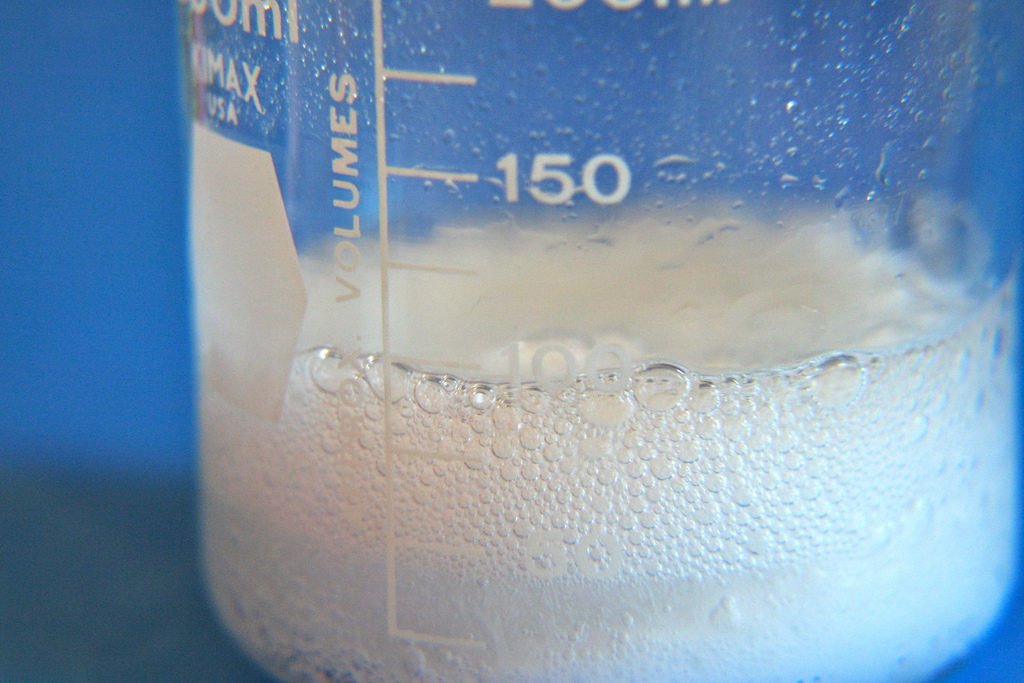
Caustic Soda (Sodium Hydroxide) can be used to unclog your kitchen sink. Pour 3/4 gallon of cold water into a bucket then add 3 cups of caustic soda and stir it well. It will begin to fizz and heat up. Pour it into the clogged drain and leave it for 20-30 minutes, then flush the drain with boiling water. Repeat the process if necessary. Sodium Hydroxide can cause nasty chemical burn so always use caution when handling it.
METHOD 3
How to SLOW DRAINING KITCHEN SINK NOT CLOGGED Using SALT AND BAKING SODA
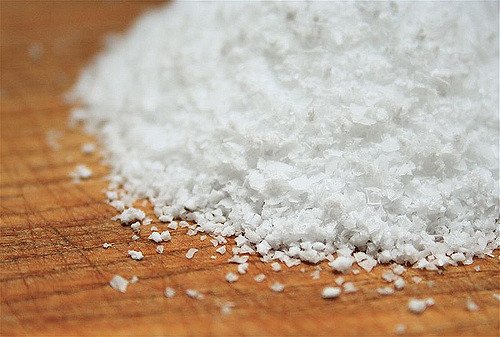
First mix 1/2 cup of salt with a half cup of baking soda and pour down the blocked drain. Leave it for 10-20 minutes. Then flush the drain with boiling water. Salt Baking soda and boiling water will produce a chemical reaction that will dissolve some of the dirty blockages.
METHOD 4
How to SLOW DRAINING KITCHEN SINK NOT CLOGGED USING BAKING SODA AND VINEGAR
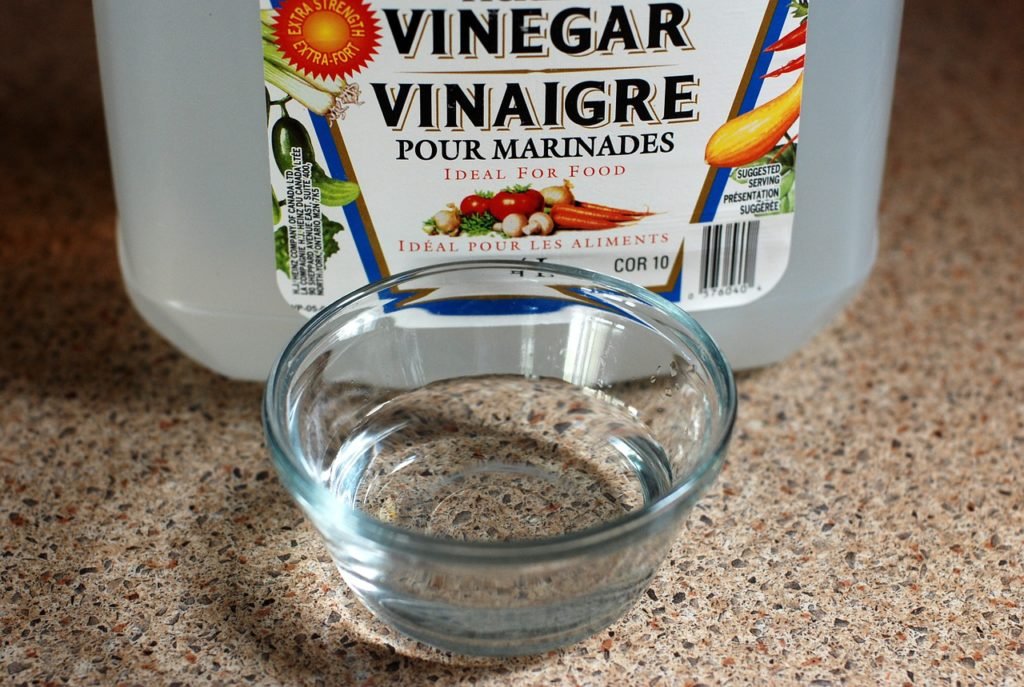
The first step is to remove the standing water. Pour about a cup of baking soda into the drain and an equal quantity of white vinegar. The solution will bubble. Then wait about 15 minutes. Next flush hot water to see if the clog clears. Repeat the process if necessary.
METHOD 5
P-TRAP
It may be important to clear the P-Trap to remove the clog.Place a bucket underneath the drain to catch any debris that may fall out. Unfasten the P-Trap from the drain pipe and clear the stuck material. Then replace and run water through it.
METHOD 6
USE A PLUMBER’S SNAKE
If neither the plunger nor the cleaning of drain unclog the sink, then Plumber’s snake also known as Snake Auger can be used to report this. Plumber’s snake is a flexible auger that is used for cleaning sink and bathtub drains. Plumber’s snake is often reserved for severe clogs that cannot be loosened with a plunger. Plumber’s snake is usually about 1/4 – inch thick with the handle on one end. They are long enough to reach the clogs that are deep within a drain pipe. The Snake Auger will help you gain access to the clogs so that you can pull it out.
How to Prevent Draining Clogs
There are many reasons for a drain to clog. Try to prevent the problems before it happens. Slow drains, the bad smell can create trouble in your main drains. Therefore, check it periodically. If your main sewer line becomes clogged or plugged, you will be left without a workable plumbing system. Clogs need to be prevented.
You can prevent future clogs in the following ways.
- Clean your sink on a regular basis and check the pipe fitting properly from top to bottom.
- Don’t dump solid objects down the drain. Washing heavy products down the drain can cause clogs, therefore, throw all the solid objects in the trash
- Once a week pours boiling water down your drain to clear away any residue and use filtered clean water.
- Never pour grease, oil down the drain. Heavy oil, grease rich gravies should be thrown in the trash.
- Don’t try to wash any garbage material in the sink.
If your kitchen drain clogs frequently and these methods do not work, then you should call a Professional to resolve your matter.












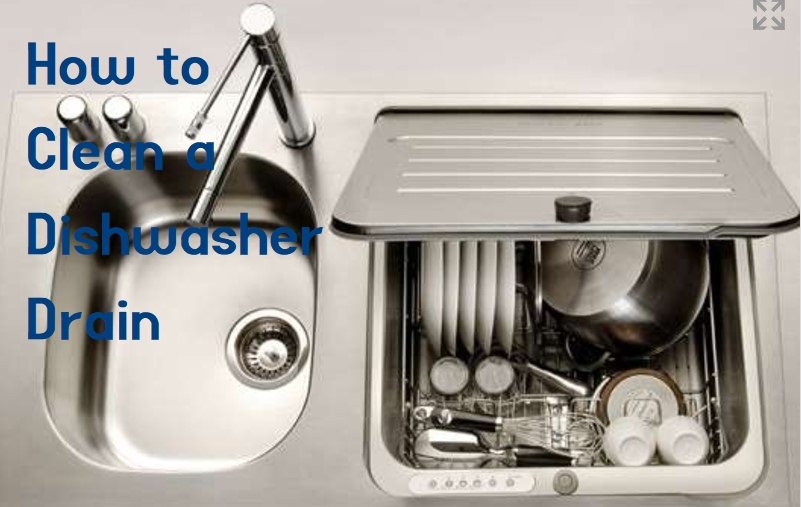
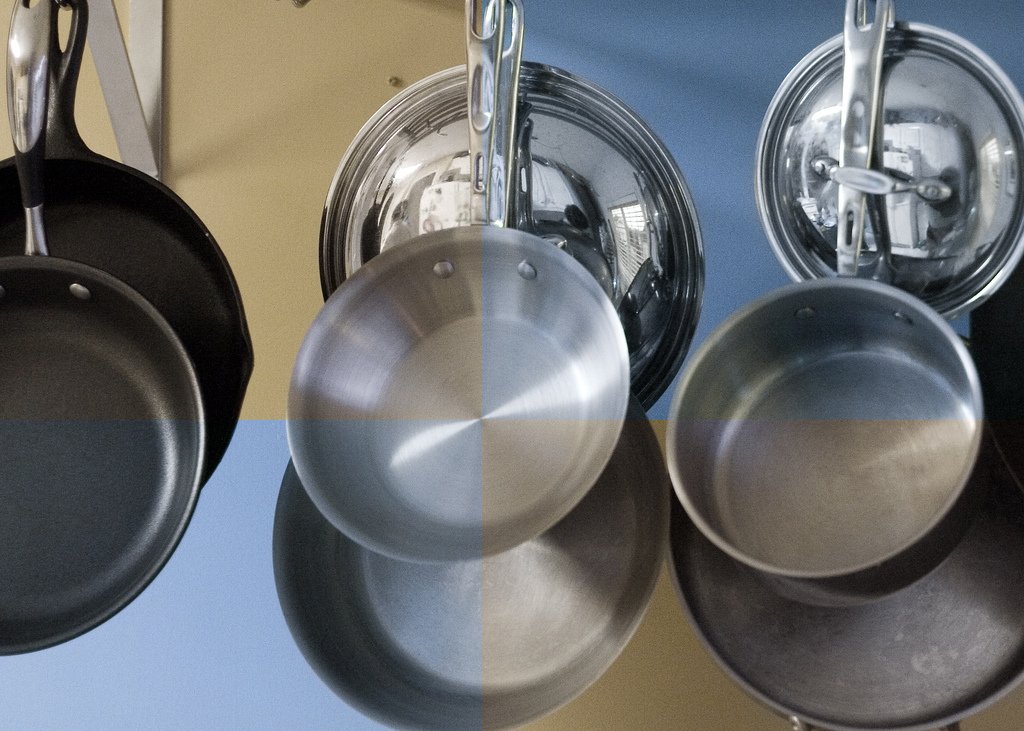
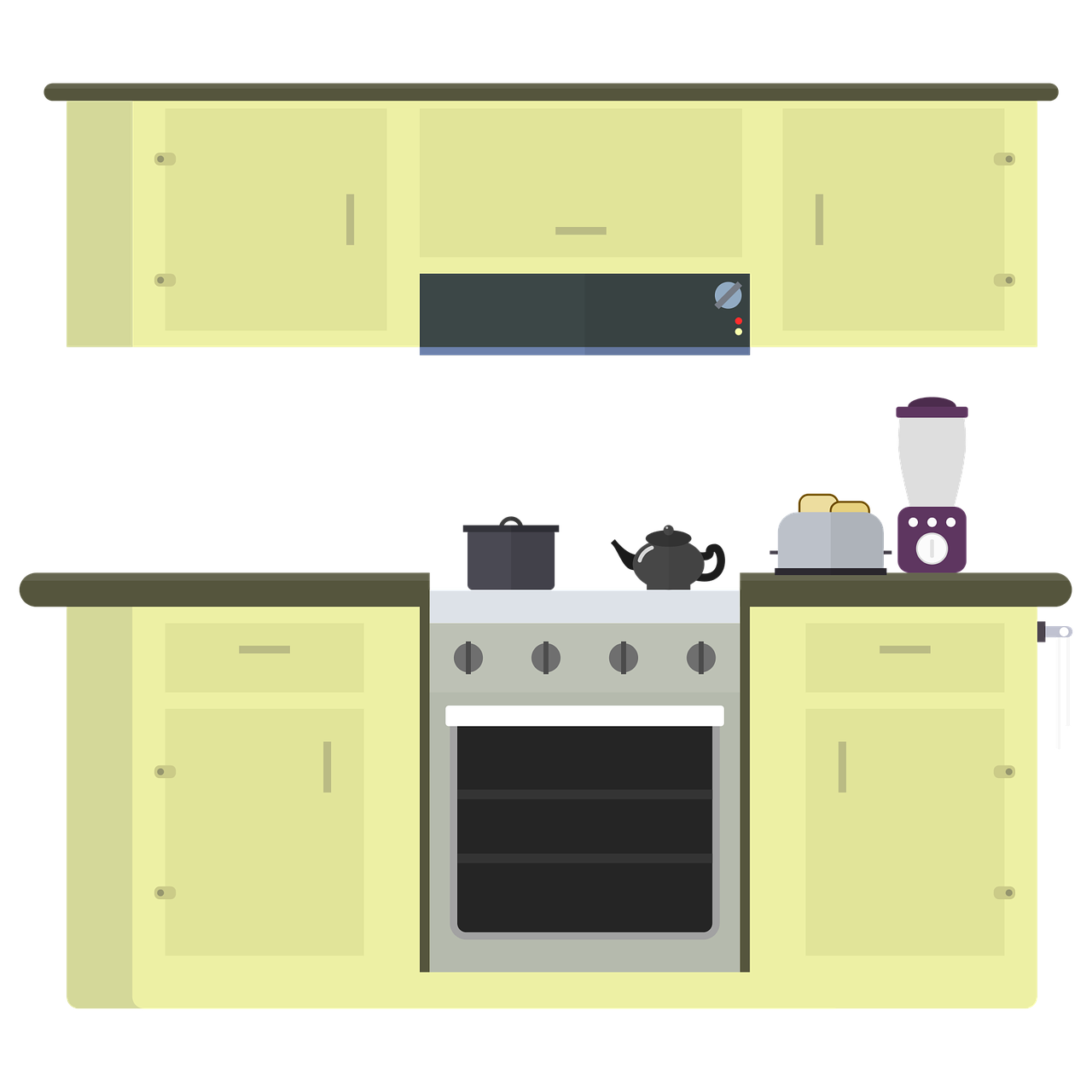
0 Comments